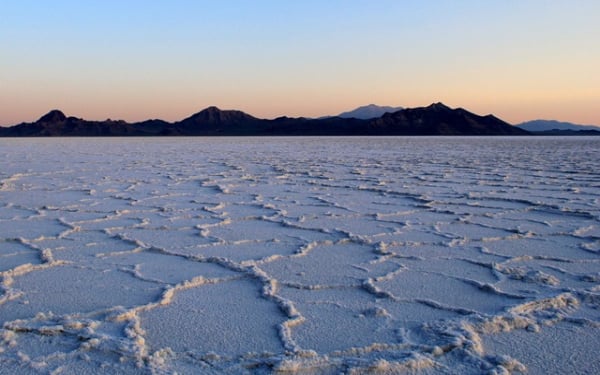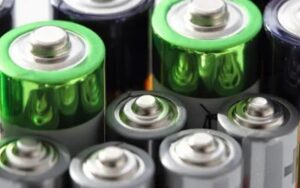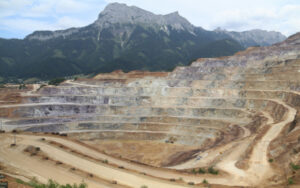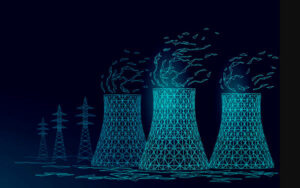USGS: Top Ten Countries with the Largest Lithium Reserves Worldwide

According to data released by Statista, global lithium reserves total 28 million tons, reaching the highest level on record. Lithium resources are mainly distributed in the South American Lithium Triangle (Bolivia, Argentina, and Chile), the United States, Australia, and China, including different types of lithium ore reserves such as hard rock and brine. Chile remains the world’s largest lithium reserves country, with Australia ranking second but being the largest lithium producer globally, while China is the largest consumer of lithium.
Lithium is a key element in batteries, electric vehicles, and renewable energy technologies. As the world transitions to a low-carbon economy, demand for lithium is expected to grow exponentially. However, there is significant uncertainty about whether the supply of lithium can meet this growing demand. South America is the most important lithium resource supply region globally, but it faces various political, environmental, and social challenges.
The latest data from the United States Geological Survey (USGS) shows that the top ten lithium reserves countries globally are:
Chile (Lithium reserves: 9.3 million tons)
Chile is the world’s second-largest lithium producer in 2023, with a production of 44,000 tons, but it leads by a significant margin in reserves, holding the most “economically extractable” lithium reserves globally. Approximately 33% of the world’s lithium reserves are located in the Atacama region. SQM (NYSE: SQM) and Albemarle (NYSE: ALB) are the two major lithium producers in Chile. In April 2023, Chilean President Gabriel Boric announced a partial nationalization plan for the lithium industry, and the state-owned mining company Codelco has entered into equity negotiations with SQM and Albemarle.
Australia (4.8 million tons)
Australia was the world’s largest lithium producer in 2023 but has significantly lower reserves compared to Chile. Additionally, unlike Chile and Argentina, Australia’s lithium reserves are from hard rock spodumene deposits, with the majority located in Western Australia. The Greenbushes lithium mine in Australia is operated by Tianqi Lithium (OTC Pink: TQLCF, SZSE: 002466) and Albemarle’s joint venture subsidiary Talison Lithium, along with Australian nickel miner IGO (ASX: IGO, OTC Pink: IPGDF). Greenbushes started production in 1985 and has undergone several expansions in recent years.
Argentina (3.6 million tons)
The fourth-largest lithium producer globally, with a production of 9,600 tons last year. Chile, Argentina, and Bolivia are collectively referred to as the “Lithium Triangle,” with these three countries holding over half of the world’s lithium reserves. In May 2022, the Argentine government pledged to invest up to $4.2 billion in the lithium industry over the next three years to increase production. In April 2024, the government approved the expansion of Argosy Minerals’ (ASX: AGY, OTC Pink: ARYMF) Salta mine, which will increase lithium production from 2,000 tons to 12,000 tons annually.
China (3 million tons)
China saw its lithium production increase by 7,400 tons to 33,000 tons in 2023, but most battery lithium still needs to be imported from Australia. China’s electronics manufacturing and electric vehicle industries are well-developed, producing over two-thirds of the world’s lithium-ion batteries and controlling the majority of lithium processing facilities globally. China has rich lithium ore types, including spodumene and lepidolite hard-rock reserves, but lithium brine minerals account for the vast majority of reserves.
Other major lithium reserve countries include:
- United States: 1.1 million tons
- Canada: 930,000 tons
- Brazil: 390,000 tons
- Zimbabwe: 310,000 tons
- Portugal: 60,000 tons
China News
Electric Cars
Energy Metals
Lithium








